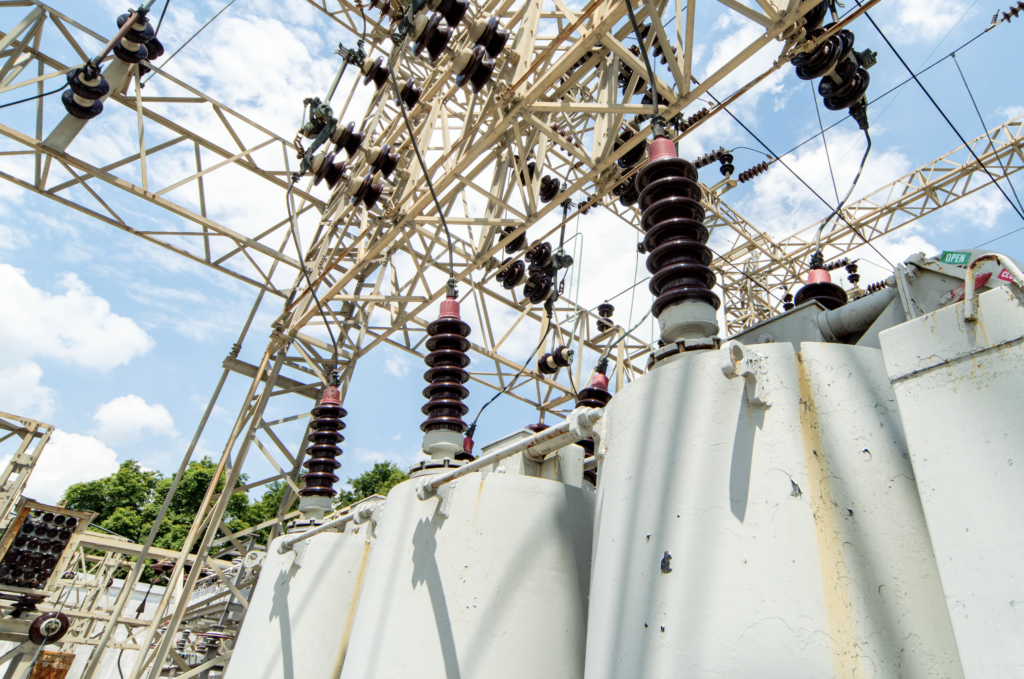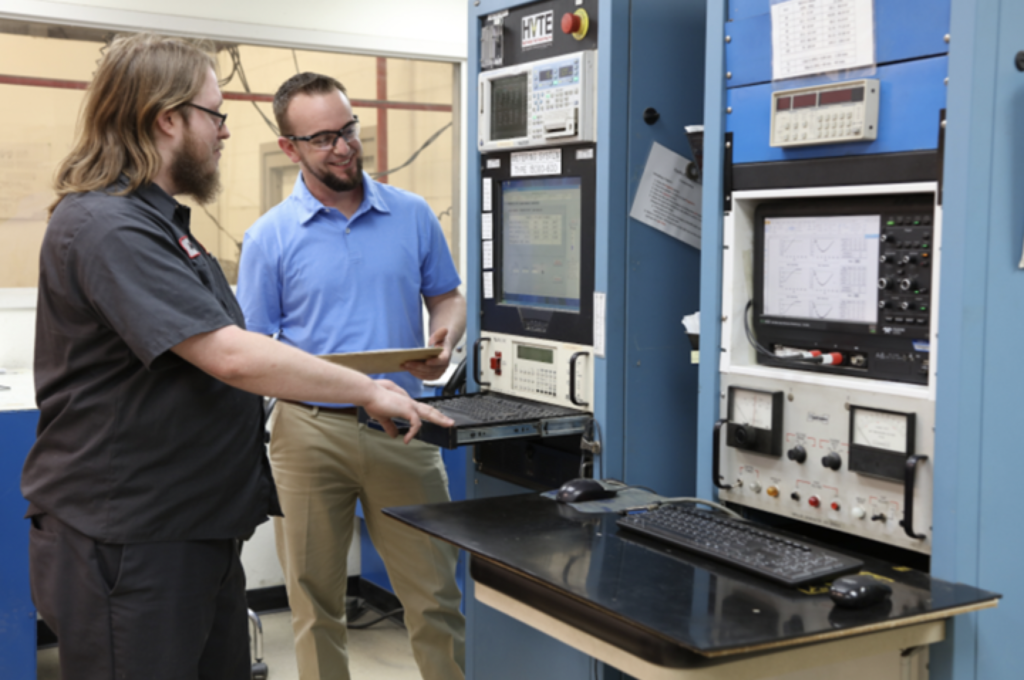By Mark Stone, Training Manager
Testing your equipment is an important part of making sure your transformers are operating correctly and efficiently. The most common and cheapest form of testing for a transformer is usually oil testing, but what do you do when the results of oil testing are questionable? You can try verifying the test with another oil sample, but in order to get the most precise results to guide your (potentially very costly) maintenance decisions, it is a good idea to perform various electrical testing (ET) methods on the transformer.
When and Why You Should Electrical Test Your Transformer
Unlike oil testing (which is typically performed annually), routine electrical testing is usually performed on a 3-5 year rotation for utility companies or on an as-needed basis in other industries, as a verification of an unacceptable oil test. This is because electrical testing requires the unit to be de-energized and isolated to perform the much more complicated procedures. These are some of the more common reasons that electrical testing is needed:
- Acceptance Testing – When you receive a new or rewound transformer at your location, damage can happen in the shipping process. You should always get the final factory ET results from the manufacturer to compare to your own field tests.
- Bringing the Transformer Out of Storage – ET will show if the unit was stored properly and if it is in good enough condition to energize it.
- Moving the Transformer – Whenever you move a transformer, there is always a concern that you could do damage. Electrical testing will let you know if there is damage.
- After the Transformer Trips Offline – If your unit trips offline, you’ll want to verify that there was or was no damage done to the unit.
- Validation of Completed Repairs – Check the work.
- Verification of an Unacceptable Oil Test – ET can provide more information on what repairs may or may not be needed after an oil test comes back with questionable results.
So, let’s talk about electrical testing the transformer. The first thing we will discuss is the bushings.
Electrical Testing Transformer Bushings

It is important to electrical test the bushings on a transformer to verify that they are properly working to insulate the unit. Before testing the de-energized bushings, you will want to take the time to clean them because dirt and other contaminants can skew test results.
Cleaning the Bushings
There are a couple of different options to get your bushings clean. One of the easiest methods is to simply use a clean, dry, soft rag and some good old-fashioned elbow grease. If the bushings are extremely dirty, you can choose from various cleaning products and solvents to help. Other methods include high-pressure water washing with carbon dioxide (CO2) pellets, ground corn cob, ground walnut shells, or limestone with a Rockwell hardness number 4. The Rockwell number 4 limestone is softer than the porcelain glaze on the bushing, which ensures that the cleaning will not be too harsh and cause damage.
Electrical Testing Transformer Bushings
There are three tests that should be performed on the bushings, all providing different important information: C1, C2, & hot collar testing.
C1 Bushing Test
The C1 is also referred to as a UST (Ungrounded Specimen Test). The C1 test is used to test the core insulation from the center conductor to the test/potential tap.
C2 Bushing Test
The C2 is also referred to as a GST or guard test mode. The C2 tests the dielectric integrity of the insulation from the tap to the ground sleeve. It is recommended to do the C2 test even if there is no value on the bushing nameplate for a baseline.
Hot Collar Test
A hot collar test is used routinely for solid type bushings without taps and is effective in revealing deterioration, contamination, low compound or liquid levels, and voids in the compound (if applicable). It may also be effective as a supplementary test to C1 and C2 tests on capacitance-graded bushings with taps.
Electrical Testing: The Transformer

Now let’s look at the most common routine electrical test we should be performing on the transformer itself.
Power Factor Series Testing
Power factor series testing consists of four tests:
- Insulation Power Factor
- Capacitance
- Single Phase Excitation
- Tip-up test (if needed)
What are we measuring with the Insulation Power Factor series?
- CH – all insulation between the high voltage winding and grounded parts including bushings, windings, insulation, structural insulating members, and oil.
- CL – the same parts and materials between the low voltage windings and grounded parts.
- CHL – all winding insulation, barriers, and oil between high and low voltage windings.
The insulation power factor test provides more useful information about gradual insulation deterioration than other tests, such as the DC winding insulation resistance test. Further, the insulation power factor test values (especially capacitance and excitation) and provides information about movement and damage that insulation resistance tests cannot provide.
Other Electrical Tests
Are you looking for more information on movement or damage in your transformer? These are some tests that can provide that:
- Winding Resistance
- Transformer Turns Ratio (10kV)
- Core ground Insulation Resistance
- Leakage Reactance (PF test set)
- Excitation (PF Test set)
- Swept Frequency Response Analysis (SFRA)
Southwest Electric Co. is here to help with your transformer testing and to keep your facilities running as efficiently as possible. Give us a call or email us with any questions you have, or to schedule your regular testing and needed repairs.
